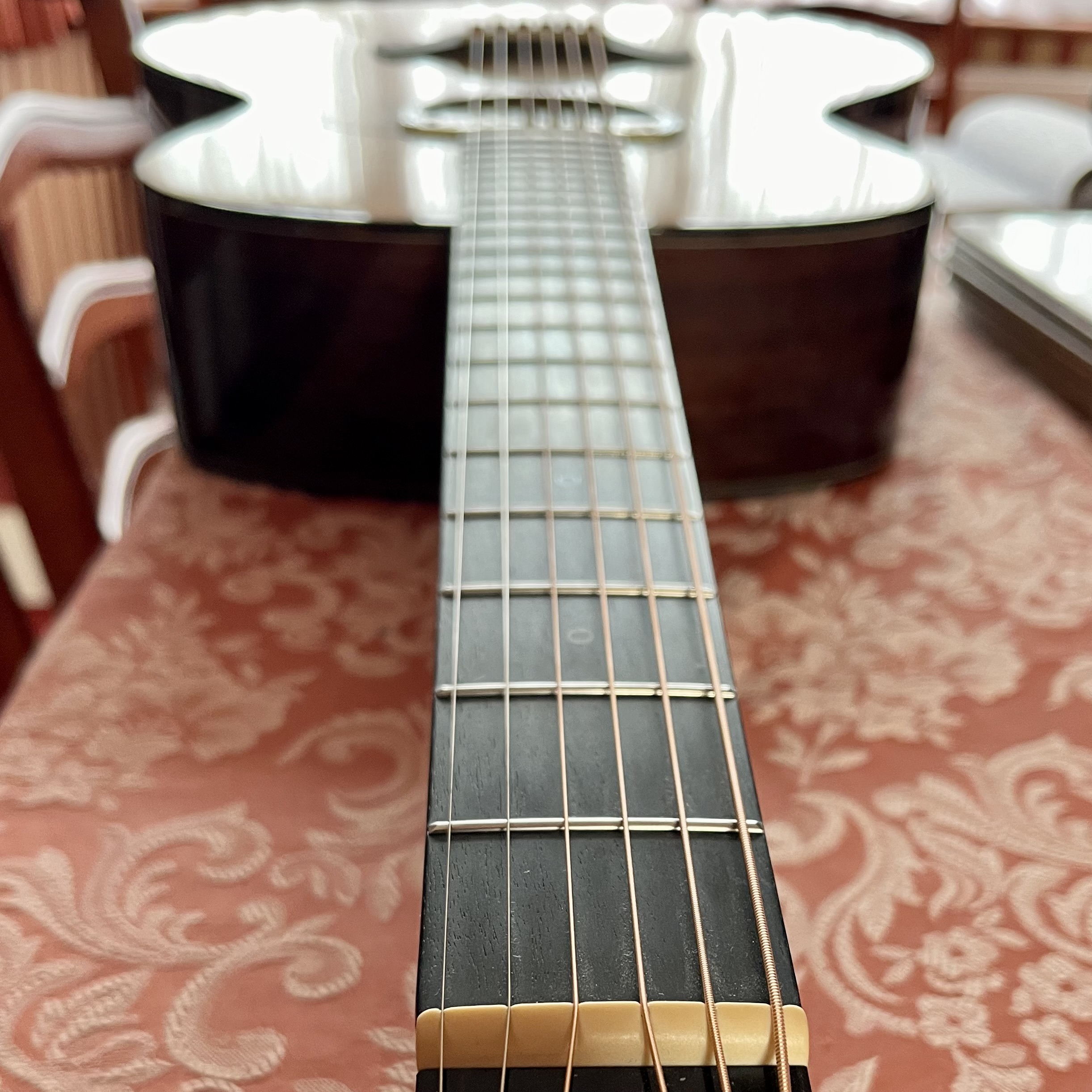Howdy, Stranger!
It looks like you're new here. If you want to get involved, click one of these buttons!
Categories
- 241.4K All Categories
- 22 >> Start Here <<
- 12 New Members
- 8 FAQs
- 86.6K Gear
- 39.5K Guitar
- 3.4K Acoustics
- 1.3K Bass
- 14.6K Amps
- 17.2K FX
- 266 Digital & Modelling
- 765 Other Instruments
- 8.3K Making & Modding
- 420 Gear Reviews
- 107 Guitar Reviews
- 73 Amp Reviews
- 118 FX Reviews
- 87 Other Reviews
- 748 Made in the UK
- 972 Theory
- 1.8K Technique
- 2.1K Live
- 3.2K Studio & Recording
- 2.1K Making Music
- 218 Events
- 15 Guitar Show 2018
- 829 Plug My Stuff
- 105.1K Classifieds
- 41K Guitars £
- 2.8K Acoustics £
- 138 LH Guitars £
- 896 Basses £
- 10.5K Parts £
- 18.3K Amps £
- 34K FX £
- 2.8K Studio & Rec £
- 6.1K Misc £
- 465 Personnel
- 54.7K Chat
- 36.5K Off Topic
- 1.1K Tributes
- 6.6K Music
Become a Subscriber!
Subscribe to our Patreon, and get image uploads with no ads on the site!
Lo and Hi impedance inputs how do folks use them?
 chromatuna
Frets: 368
chromatuna
Frets: 368
in Amps
So, home from holiday and now have a chance to play with my new Cornell which is lovely
It's the first amp I have owned in many a year with Hi and Low Z inputs and I was just wondering what exactly they effect of them is?
To my ears Hi = more gain, more too end zing and a more forward sound, Lo = less gain, a more mellow and jazzier sound, better for cleans I guess
is there a best way to use each?
It's the first amp I have owned in many a year with Hi and Low Z inputs and I was just wondering what exactly they effect of them is?
To my ears Hi = more gain, more too end zing and a more forward sound, Lo = less gain, a more mellow and jazzier sound, better for cleans I guess
is there a best way to use each?
This is the truth from hillbilly guitars!
0 LOL 0
LOL 0 Wow! 0
Wow! 0 Wisdom
Wisdom
 LOL 0
LOL 0 Wow! 0
Wow! 0 Wisdom
Wisdom Base theme by DesignModo & ported to Powered by Vanilla by Chris Ireland, modified by the "theFB" team.


Comments
Yes, that's basically the difference - the Low produces half the signal level (-6dB gain) and a lower impedance which gives a softer tone - unless you're running a buffered pedal in front, in which case it makes very little difference to the tone. This also can make non-buffered pedals sound much brighter and slightly louder when they're on, relative to the off tone.
The reason you can use them to link amps (or channels on the same amp) is that the gain cut is achieved simply by two resistors, and signal will flow each way through them, so the 'input' can become an 'output'.
You can also plug two guitars in at the same time if you want, in which case both inputs become 'High'.
"Take these three items, some WD-40, a vise grip, and a roll of duct tape. Any man worth his salt can fix almost any problem with this stuff alone." - Walt Kowalski
"Only two things are infinite - the universe, and human stupidity. And I'm not sure about the universe." - Albert Einstein
I also love the tone controls on these amps and never ever use the "cut" switch.
If I were to order a Custom Romany Plus or Pro it would be without the EQ cut and without the 4 way output switch. That would be perfect.
I also tried a hemp speaker recently and absolutely love it (but have realised that I also love the Jensen).
Dennis Cornell urged me not to ditch the Jensen but he did not in any way try to put me off trying a different flavour of (and much louder) speaker.
Surely you can't drive two amps with one guitar plugged only into the high input of one amp?
Like this…
https://i.pinimg.com/736x/66/04/8d/66048daf6d93ffd082f8d4e3620758fa--heart-sounds-musician-photography.jpg
You can even carry on the daisy-chain by linking the second amp to a third one the same way, and so on - although after a couple, it starts to load the guitar down quite heavily and you will lose volume and tone.
"Take these three items, some WD-40, a vise grip, and a roll of duct tape. Any man worth his salt can fix almost any problem with this stuff alone." - Walt Kowalski
"Only two things are infinite - the universe, and human stupidity. And I'm not sure about the universe." - Albert Einstein